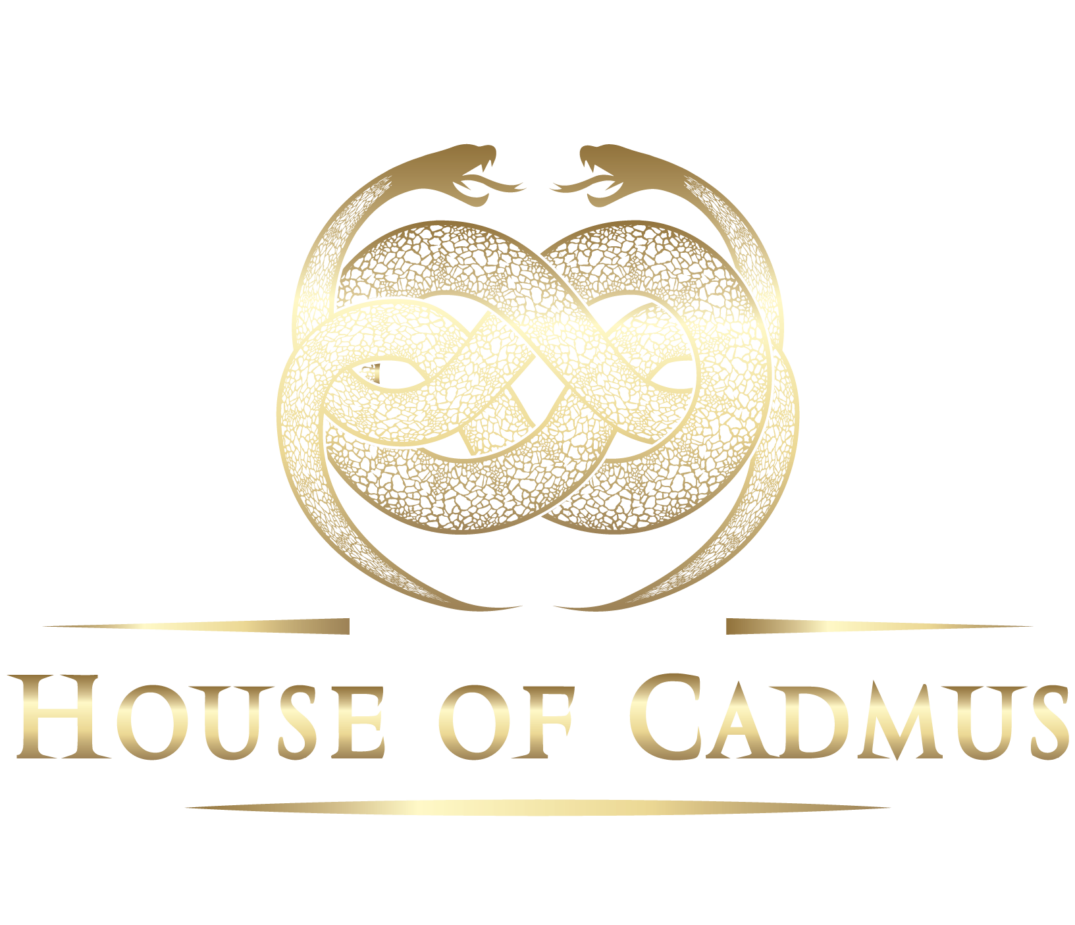There’s something so irresistible about Paris. There’s a charm and style that’s completely unique and inimitable. As someone who hasn’t yet walked the streets of Paris, I dream of afternoons spent relaxing outside cafés with a coffee in hand, getting lost in a classic novel as the sun warms my face. It’s dreamy and romantic, as the whole city seems.
Paris has always attracted artists of all sorts and writers are no exception. Some well known writers frequented a select handful cafés, giving them interesting literary histories. As a writer, reader and lover of history, I feel the lure of sitting where literary greats once sat, drinking and thinking, perhaps even writing their notable works.
Here are five Parisian cafés steeped in literary history that are a must see for book lovers around the world.
Café de la Paix

Café de la Paix, made an official historic site in the 1970s, sits across from the Opera Garnier and is said to only be second in ornate, elaborate decor to the opera house itself. The café opened in 1862 to serve the patrons of the Grand-Hôtel but its proximity to the opera house attracted many well known patrons, including actors, writers, politicians and more over the years. Charles de Gaulle even dined here in 1944 after the liberation of Paris. It was a convenient place to drink or dine after taking in a show at the opera, but it’s also said that it was a great place for writers and artists to find inspiration with such a view of the Opera Garnier. Writers such as Guy de Maupassant, Émile Zola, Marcel Proust, Victor Hugo and Oscar Wilde frequented this café.
Le Procope

Le Procope, which opened in 1686, claims to be the oldest café in Paris in continuous operation. That isn’t quite the truth as it closed down for about 50 years in the late 19th to early 20th centuries. Its age isn’t the only appeal it has though. Le Procope was a favorite of the artistic and literary communities of 18th and 19th century Paris, drawing in actors, philosophers, writers, poets, etc. Enlightenment philosophers Denis Diderot, Jean-Jacques Rousseau and Voltaire often met here to talk and debate. Coffee was a new and exotic drink at the time and Voltaire is said to have drank 40 cups of it a day in this very café. Benjamin Franklin and Thomas Jefferson are also among the noteworthy patrons. The café was a meeting place during the French Revolution and later, during the 19th century Romantic movement, authors such as Victor Hugo, Georges Sand, and Alfred de Musset spent many an hour in Le Procope.
La Closerie des Lilas

La Closerie des Lilas is a cafe/bar and restaurant with a rich literary past. In the 19th century, poets such as Charles Baudelaire and Paul Verlaine frequented this café while other poets, including Paul Fort, Max Jacob and Guillaume Apollinaire, met every Tuesday for poetry readings often involving absinthe. Samuel Beckett, Jean-Paul Sartre and Oscar Wilde, among others, also came here. Americans like Henry Miller, F. Scott Fitzgerald and Ernest Hemingway were also usuals at La Closerie des Lilas. It was a favorite spot of Hemingway’s, so much so that he wrote about it in his memoir of Paris, A Moveable Feast, and called it his “home café.” James Joyce came here when Sylvia Beach (owner of the bookstore Shakespeare and Co.) decided to publish his novel Ulysses and legend says that Fitzgerald showed Hemingway the manuscript for The Great Gatsby here. In 2007, the Prix de la Closerie, a literary prize, was created to honor contemporary women writers who write in French. It is awarded at the café each year.

Les Deux Magots

Les Deux Magots is a famous café with a well known literary history. It used to be the meeting place of the literary and intellectual elite of Paris and was such an important and popular literary site that it even began giving out its own award in 1933. The Prix des Deux Magots is a major literary award in France and is usually given to new novels that are a little more offbeat. Les Deux Magots was another café frequented by Hemingway, along with other writers, poets and philosophers including James Joyce, Simone de Beauvoir, Albert Camus, Paul Verlaine and Jean-Paul Sartre. American authors, including James Baldwin, Richard Wright and Chester Himes also loved Les Deux Magots.
Café de Flore

Named for the statue of Roman goddess of spring and flowers that was across the boulevard, Café de Flore is one of the oldest coffeehouses in Paris. Its second floor terrace overflows with flowers and foliage. Inside, it’s marked by its Art Deco decor that’s changed very little since WWII. In the early 1900s, writer Guillaume Apollinaire turned Café de Flore’s ground floor into a publishing house and newsroom with André Salmon. The two later created the literary art magazine Les Soirées de Paris here. Other notable patrons include Surrealist poet Robert Desnos, Raymond Queneau, Joris-Karl Huysmans and even Pablo Picasso. French author Charles Maurras wrote his book on the floor of this café. The Dadaism, Surrealism and Existentialism movements were born from discussions between philosophers, artists, and writers at the Café de Flore. The Prix de Flore, a literary prize for young writers, is awarded each year at the café.
I’ve dreamed of going to Paris for most of my life. I have a million reasons I want to go and after learning about these cafés rich with literary history, I have five more.
Tell me, have you visited any of these literary cafés in Paris? Would you like to? Let me know what you think in the comments!
Thanks for reading,
Madison





